You want to get your message out, and social media is a great way to do it. But social media isn’t just about broadcasting the same content you’ve been using for years. Social media is more of a relationship building tool than anything else. It needs to be personalized and relevant to your audience in order for them to engage with you. When it comes time to deliver an engaging offer on social media, what should that look like? There are three main points worth noting: You need an offer that speaks directly into their specific struggles (i.e., something they can’t find easily), solves their problem (or at least offers potential relief), and is delivered in some way where they feel respected and understood.
Becoming Irresistible: How to Maximize the Impact of Your Message
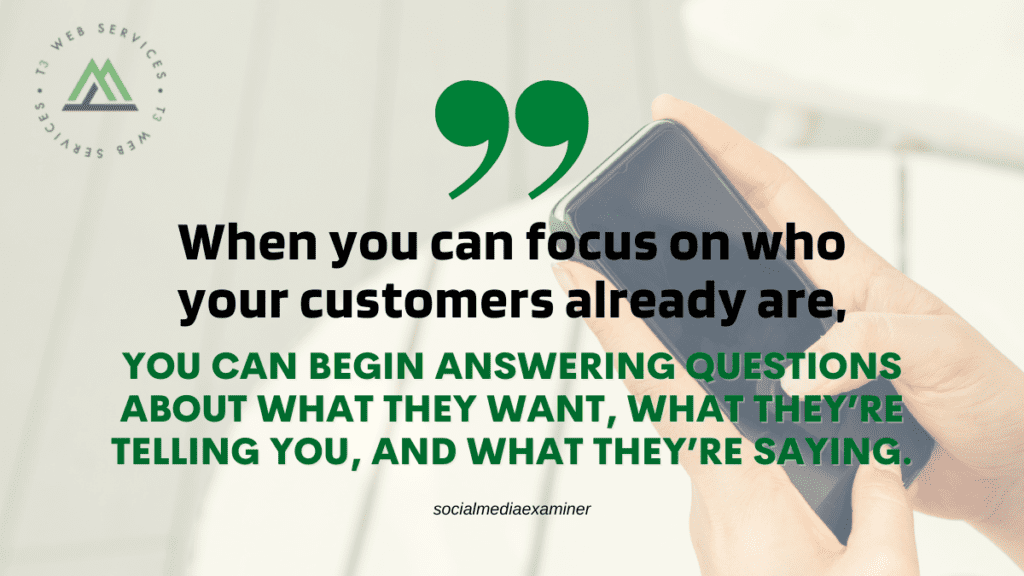
Here’s a framework you can follow to start delivering messages people can’t ignore.
#1: Zero in on Who You’re Talking to
The first key to crafting your message is understanding exactly who you’re talking to. Your idea may be your product, service, or business, but your message is how you deliver that idea to someone in your audience. Therefore, the message may be adjusted from one audience to the next. This is where you start to put together your audience personas.
#2: Understand What Your Audience Wants
When we talk about what your audience wants, we’re really talking about what goals they’re trying to achieve. What’s the problem they’re trying to solve or a need they’re trying to meet?
#3: Identify What Your Audience Must Value to Be Open to Your Offer
Another consideration as you’re delivering your message to your audience is what value they need to hold to be open to your offer. This is a shared value that you’d see as being important for your offer to work.
Preparing for Change: 5 Practical Tips For 2022 Marketing Budget Success
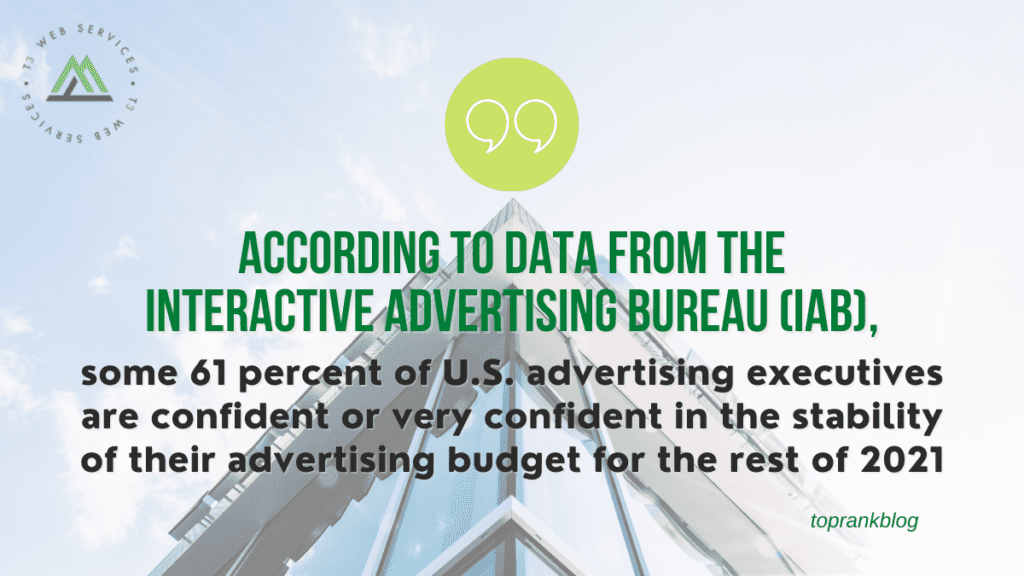
How can B2B marketers weigh confidence for the future with adequate caution and still plan thoroughly for 2022 budgeting success?
Confidence is rising for 2022 marketing spending, and as B2B brands move forward after the turmoil and uncertainty of the pandemic, savvy marketers benefit from embracing budgeting optimism while simultaneously seasoning budgeting strategy with a healthy dose of vigilance and care.
Digital advertising budget optimism has risen significantly since the initial months of the global health crisis, and recent report data is showing this increased confidence.
A net 76 percent of marketers plan to expand their media budget for digital video during 2022, representing the top area of media expansion planned for next year, followed by branded content by influencers at 71 percent and social media story ads at 70 percent — several of many statistics of interest to B2B marketers contained in recently-released budget trend survey data from Kantar and MarketingCharts.
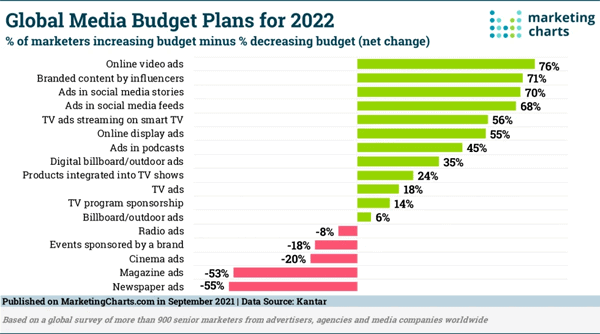
https://www.toprankblog.com/2021/11/2022-marketing-budget-success/
5 Simple Tips for SEO + Email Marketing Flywheels
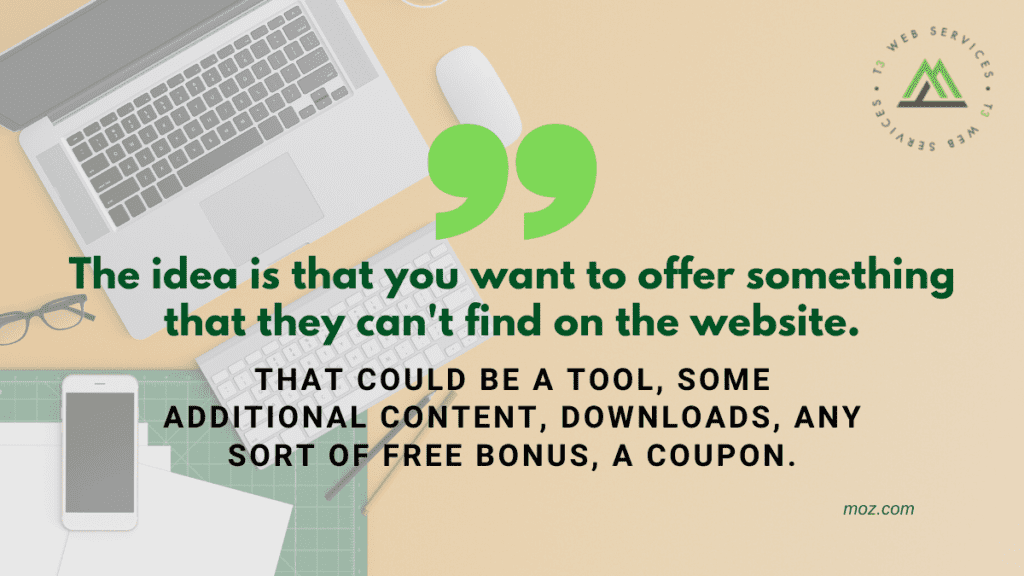
1. Incentivize sign-ups
Now the important thing to realize is you don’t have to incentivize sign-ups just through SEO. You can do it through any marketing traffic channel. That’s direct traffic, social media traffic, and referral traffic. Any way that people are visiting your content, you want to target those to incentivize for sign-ups to your email marketing list.
2. Segmentation
Second tip, we don’t want to dump everything onto the same large email list. We want to make sure that we’re segmenting those sign-ups by topic and interest. Unless your site is very narrowly focused, you generally want to segment your list among different topics.
3. Content promotion
So the third thing, the third tip, and this is where we’re getting into the meat of it, is content promotion. This is where we’re using our email list to send traffic back to our website. When people think about SEO and email marketing flywheels, this is what they typically think about.
4. Incentivize sharing
So not only did we incentivize sign-ups, now that we’re in the email part and sending emails out, we want to incentivize sharing. That’s my fourth tip, incentivize sharing, because we don’t only want people to visit and read the content, we’re hoping that they’ll share it with their audience as well. One of the ways I like to do that is to segment my best sharers.
5. Keyword research
Finally, when we talk about SEO, we talk about keyword research. Keyword research is one of those SEO areas that works really well in incorporating into email.
https://moz.com/blog/tips-for-seo-and-email-marketing
How to Research Your Competitor’s Ads on 4 Social Platforms
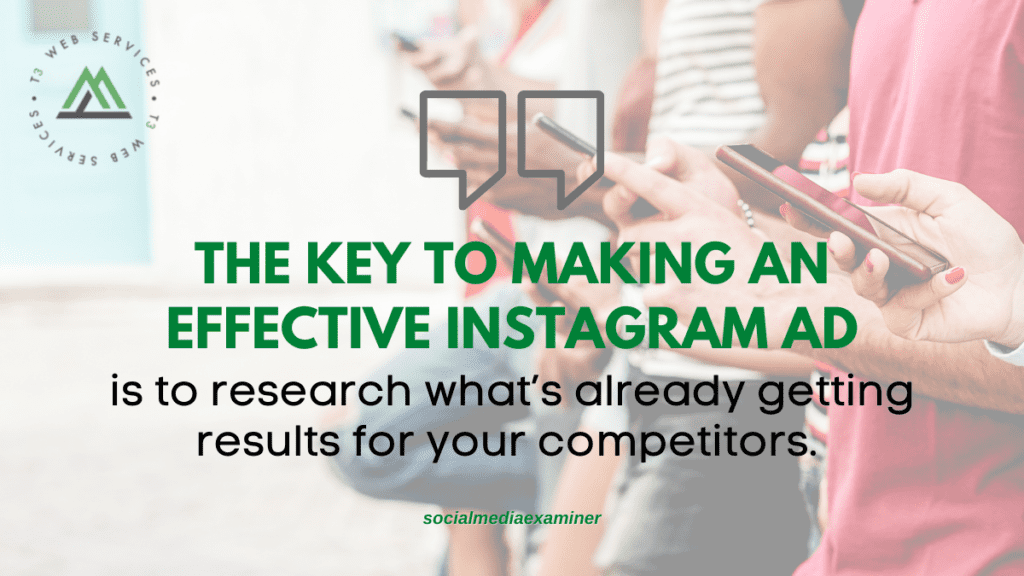
What to Pay Attention to on Your Competition’s Facebook Ads
- See which ads get the most impressions: The first thing you want to do is filter the ads by impressions, as mentioned above. This will reveal the ads that are performing the best and will be helpful in seeing what your competition’s audience is responding to.
- Determine the most common media type: Do the ads with the most impressions include videos, images, or no media at all? This gives you an idea of what’s most popular with the audience you’re trying to reach. If video ads seem to perform really well, you’ll know to create one.
- Review the messaging on the top ads: When it comes to the length of the Facebook ad copy, does your competition keep it short and sweet or opt for a longer message? Do they rely on emojis to add visual interest and break up text?
- Check how long the ad has been running: Businesses aren’t going to spend their marketing budget on ads that aren’t performing well. If they have any ads that have been active for over 90 days, that’s a good indicator of a high-performing ad. Make note of anything that stands out and could be replicated.
https://www.socialmediaexaminer.com/how-to-research-your-competitors-ads-on-4-social-platforms/
Are Inbound Marketing and Content Marketing Still Different in 2021?
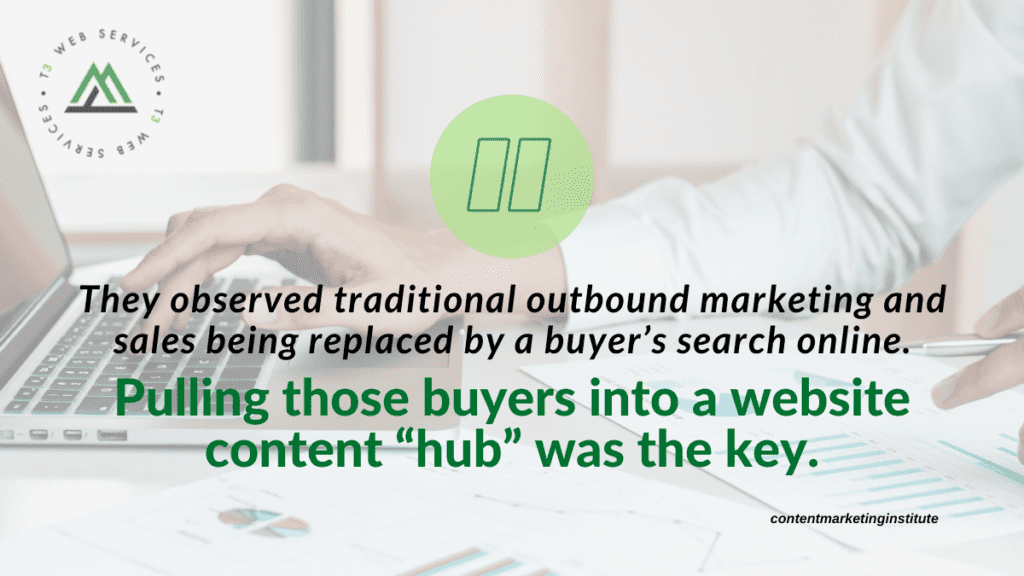
No doubt, content marketing as a practice has evolved over the last decade as well.
To this day, we still define content marketing as “a strategic marketing approach of creating and distributing valuable, relevant, and consistent content to attract and acquire a clearly defined audience – with the objective of driving profitable customer action.”
But, again, that sounds almost exactly like how HubSpot now defines inbound, which is quite honestly even a bit more succinct.
We have always taught that content marketing was, in many ways, about a marketing practice within products and services companies operating more like a media company. And like a media company, we’ve asserted that building a subscribed, addressable audience is different than assembling a marketing database. While that objective wasn’t in our original definition – it has certainly evolved to be a core objective and differentiator for the practice.
https://contentmarketinginstitute.com/2021/11/inbound-marketing-content-marketing-definitions/
8 SEO Mistakes Weakening Your Google Ranking in 2022 and Beyond [Infographic]
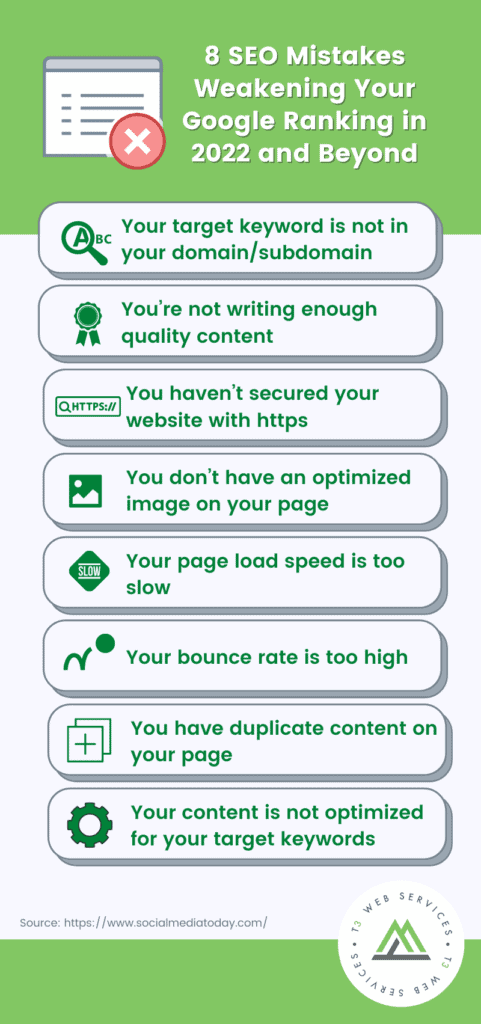
How To Use Article Marketing To Improve SEO And Drive More Traffic

1. Choose Your Topic
Brainstorm a list of broad topics that may be of interest to your audience. Whether you are a blogger, a business owner, a marketer, or something in between, you’re likely sitting on a treasure-trove of topics if you just give yourself the chance to think.
2. Conduct Keyword Research
Coming up with interesting article topics is great, but mapping them to searchable keywords is even better. After all, what’s the use in writing an article if no one is looking for the topic you are writing about?
3. Draft Your Article
Writing your article may be the best or most complicated part, depending on your writing experience.
This method will help you lead with value and write content users really enjoy reading.
https://www.searchenginejournal.com/article-marketing-seo/423569/


Leave a Reply